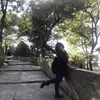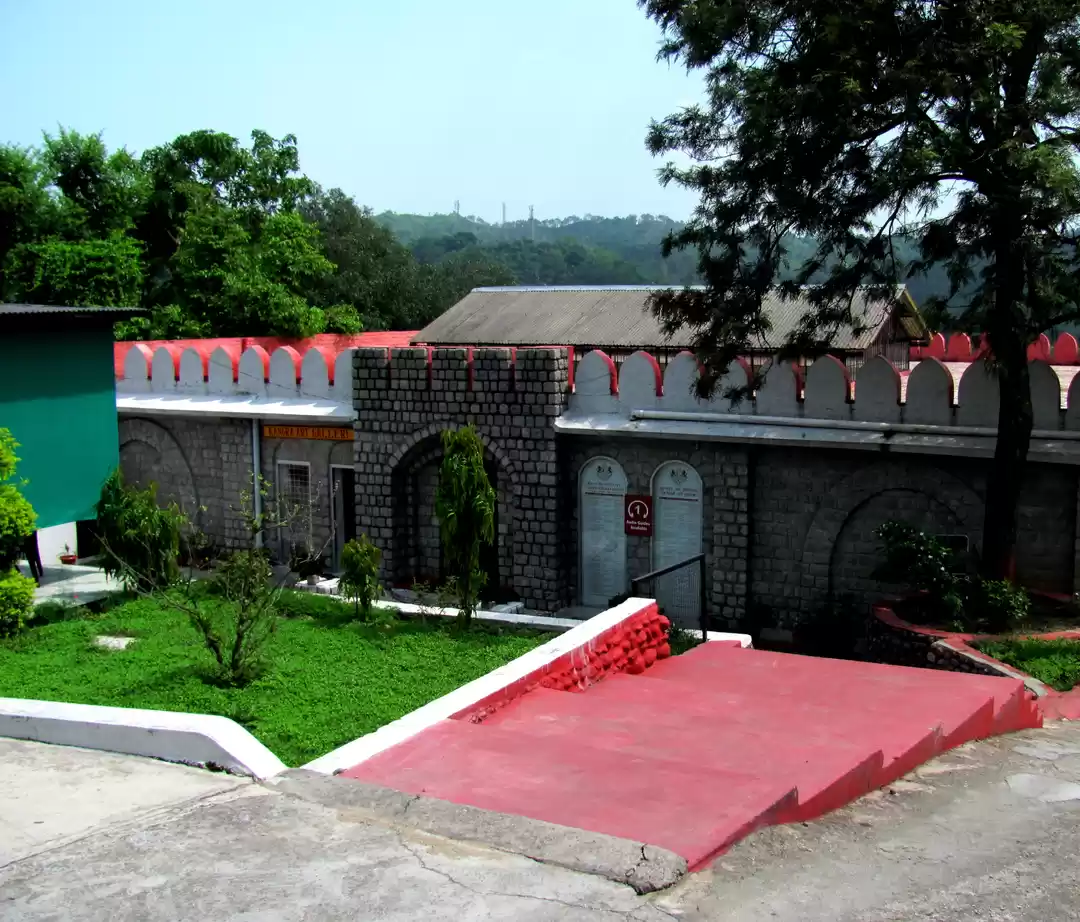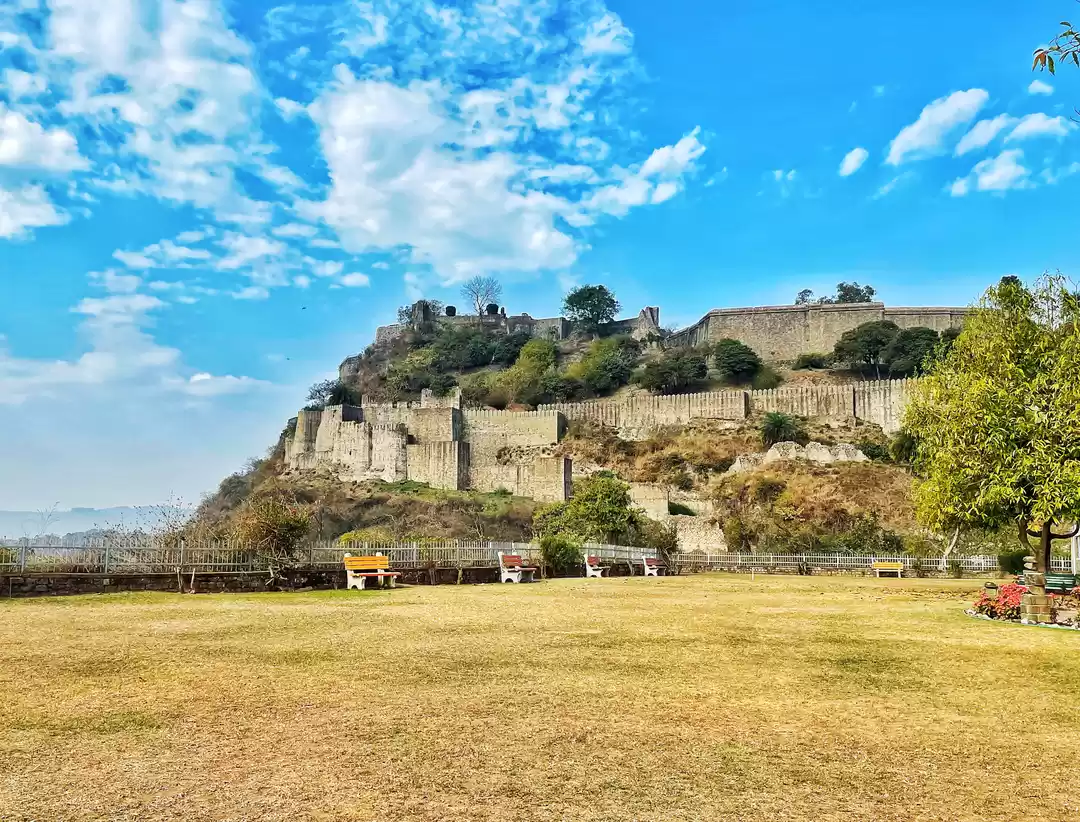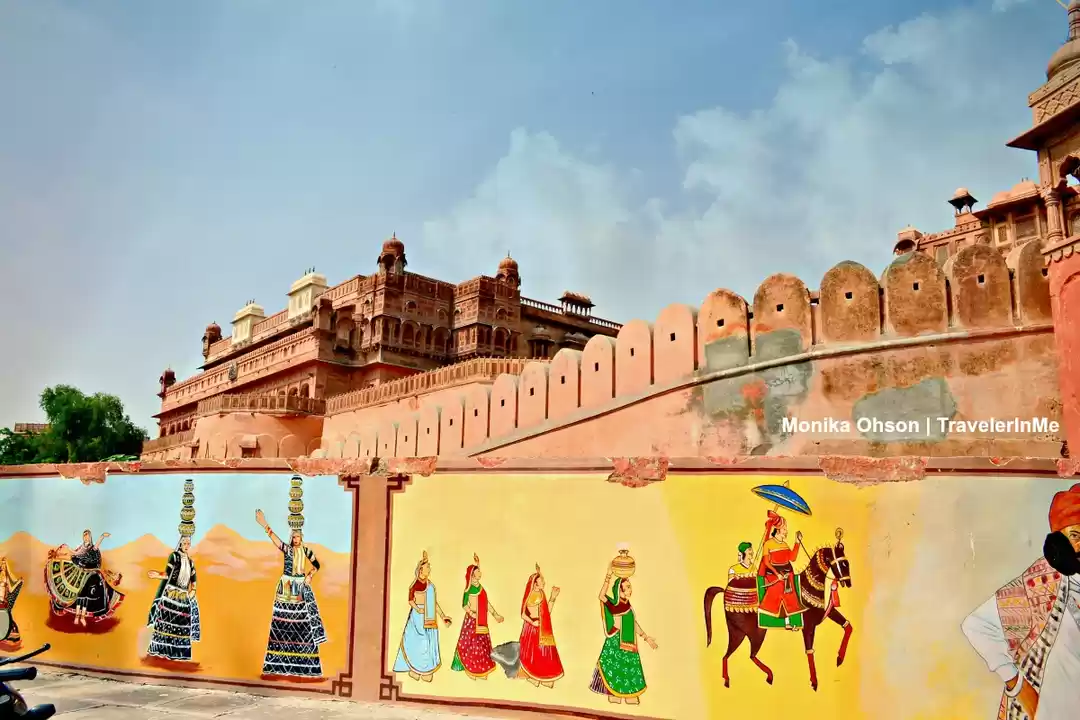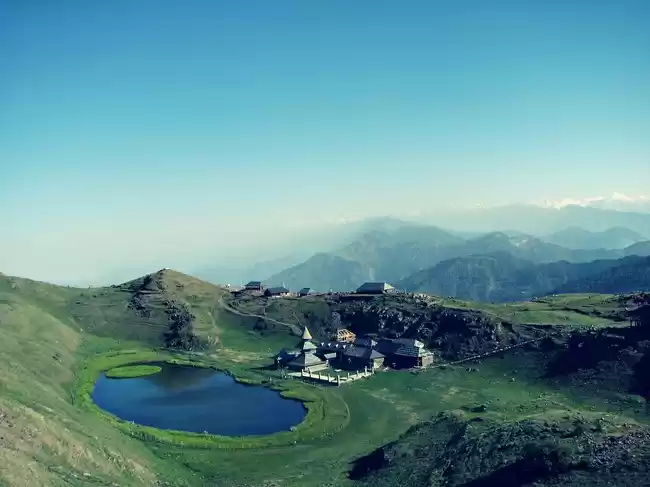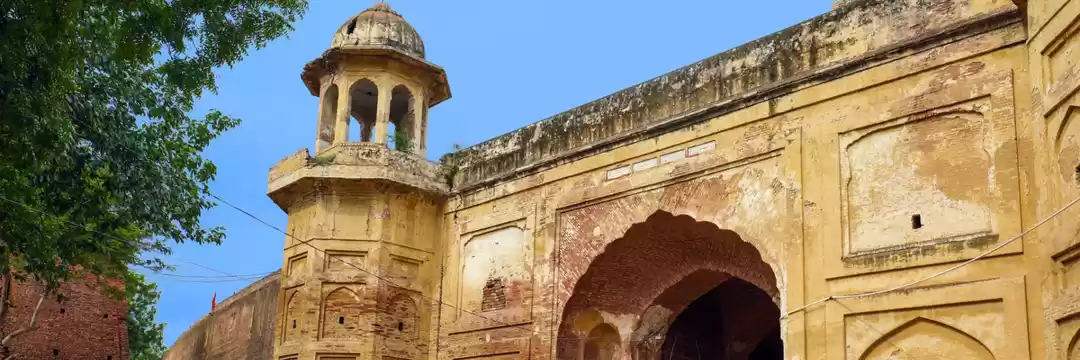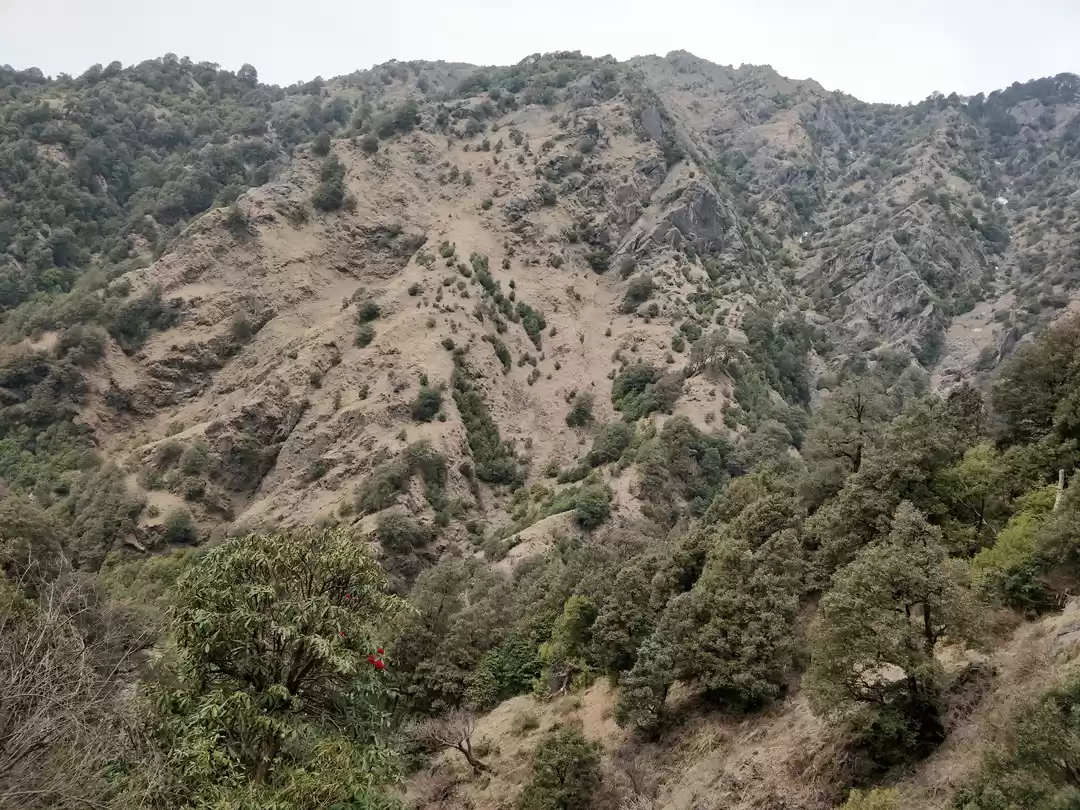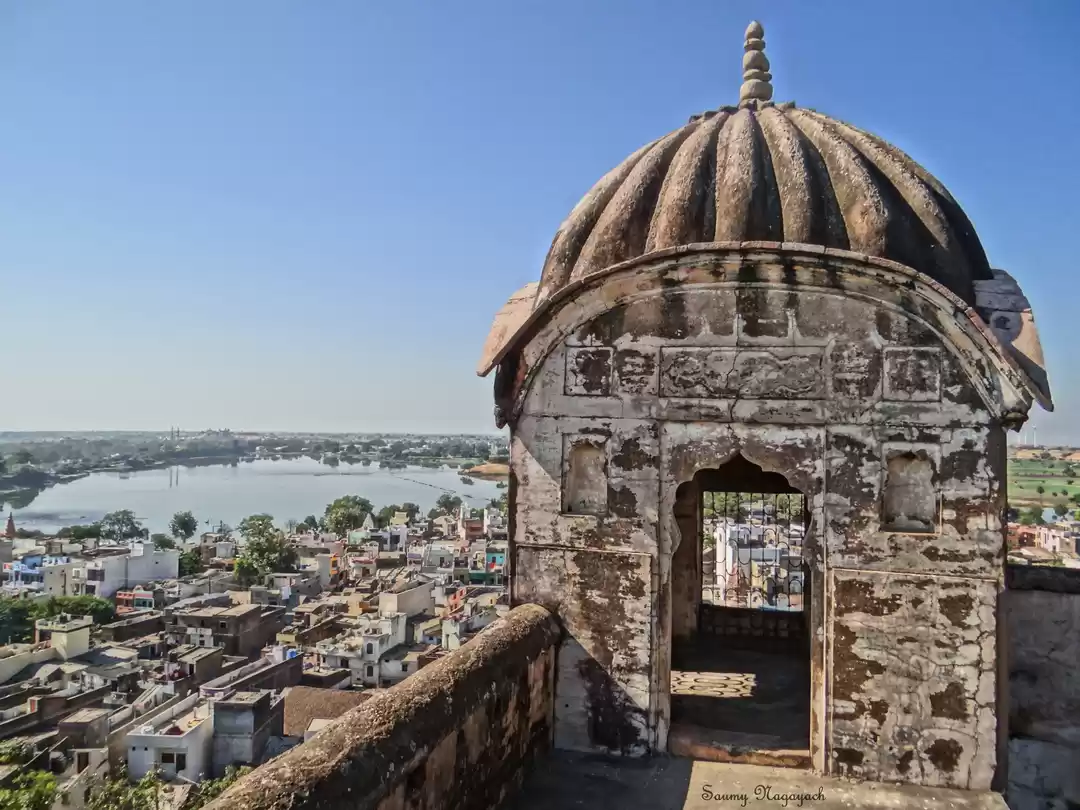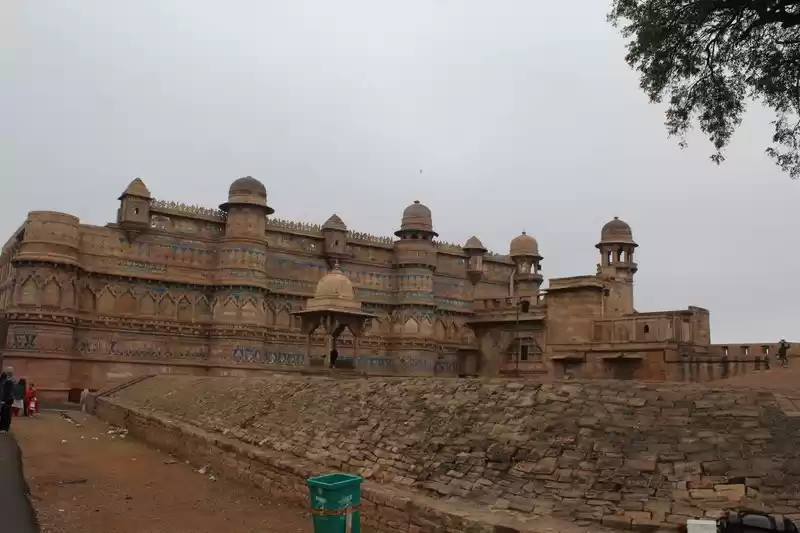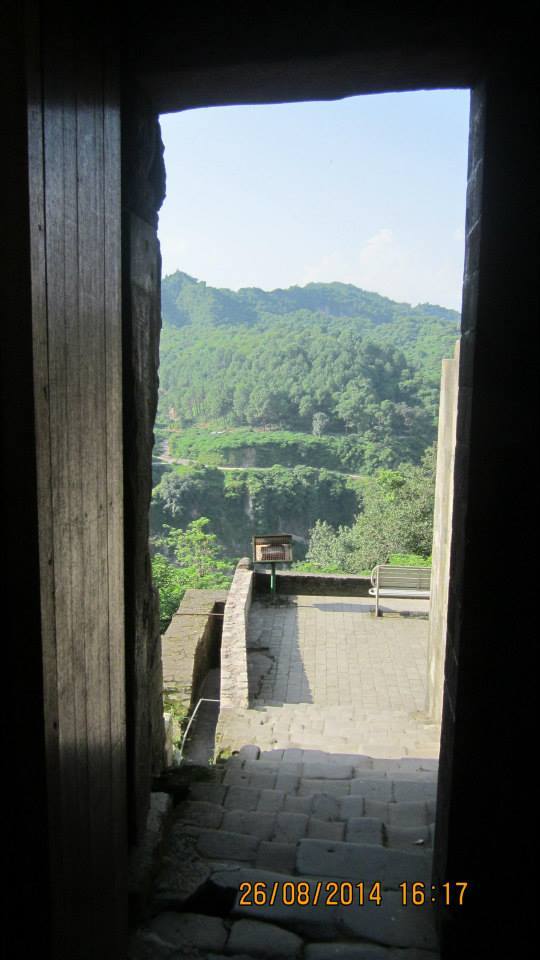
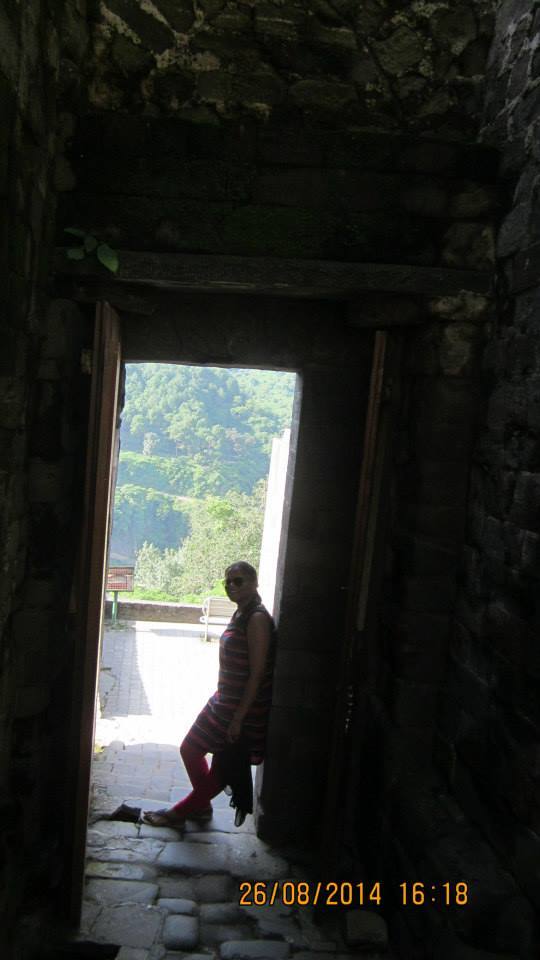
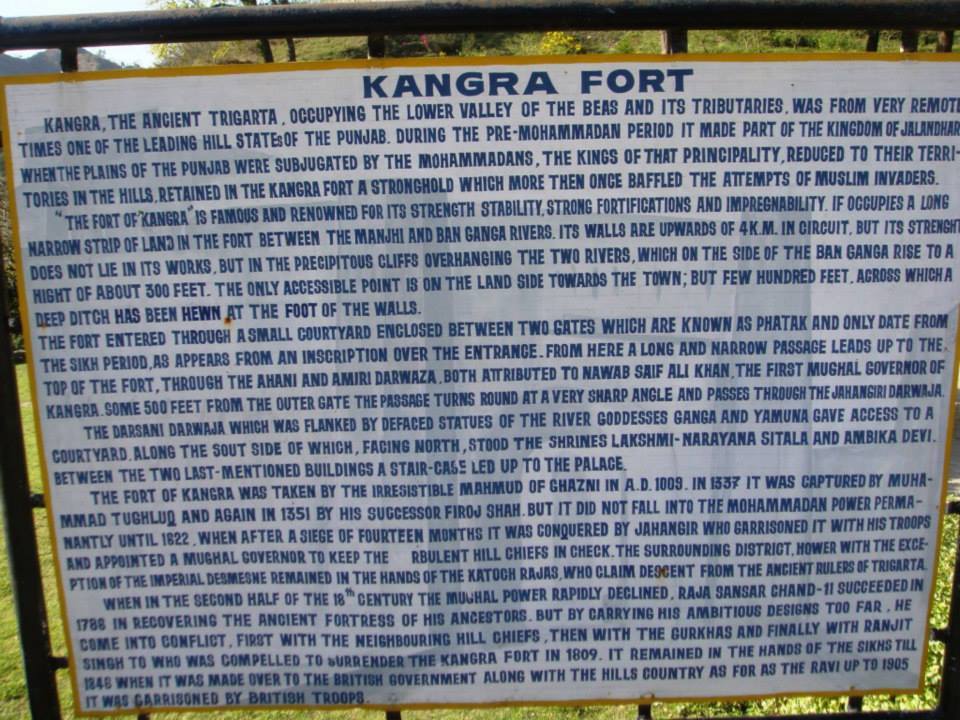
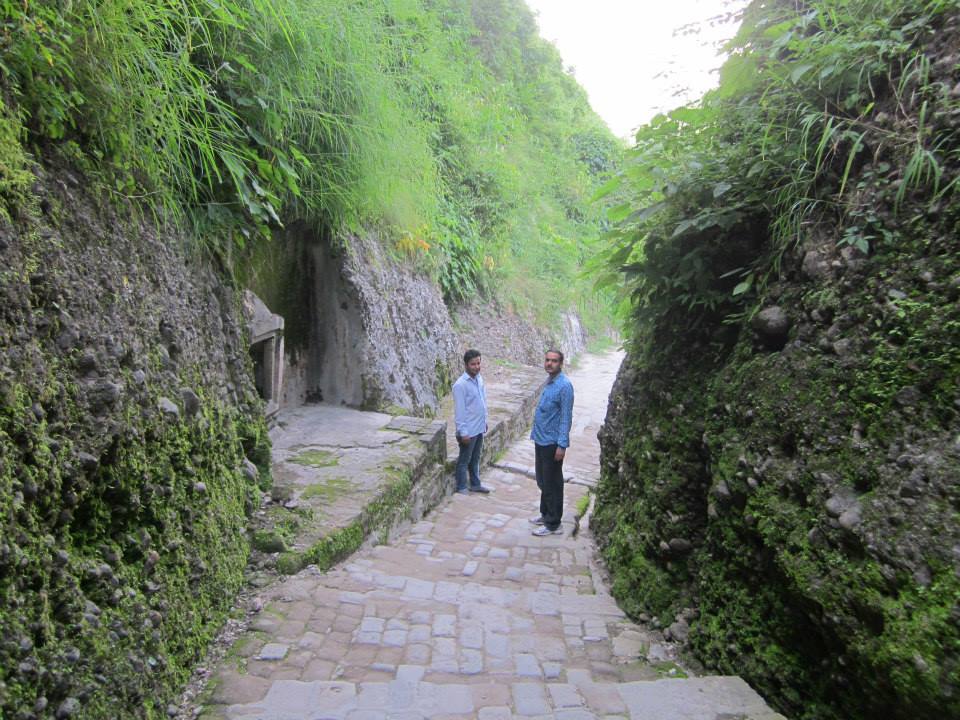
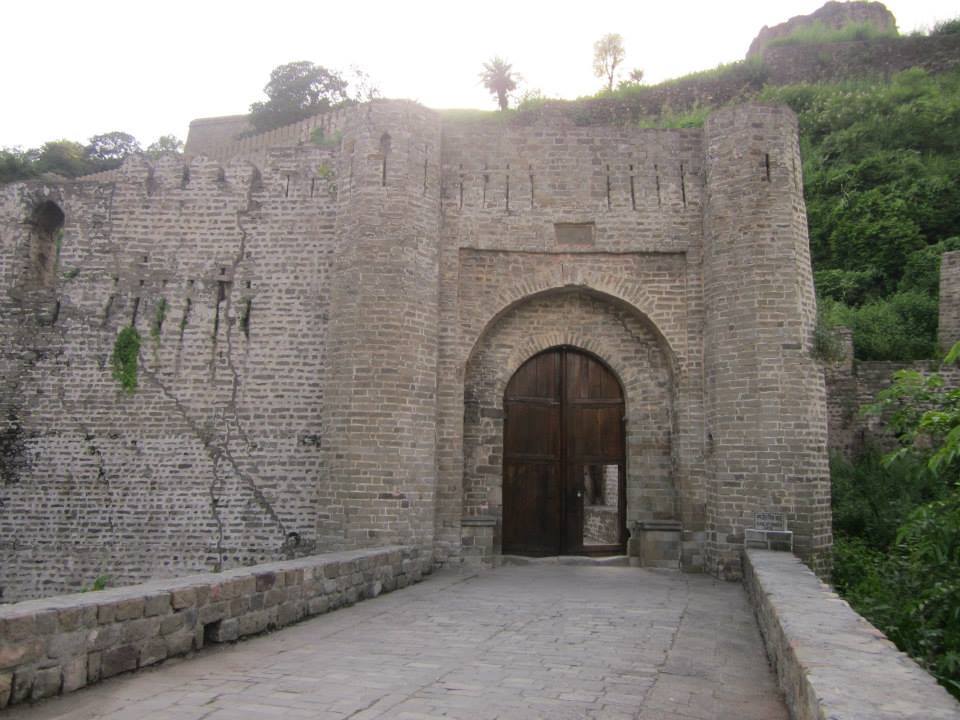
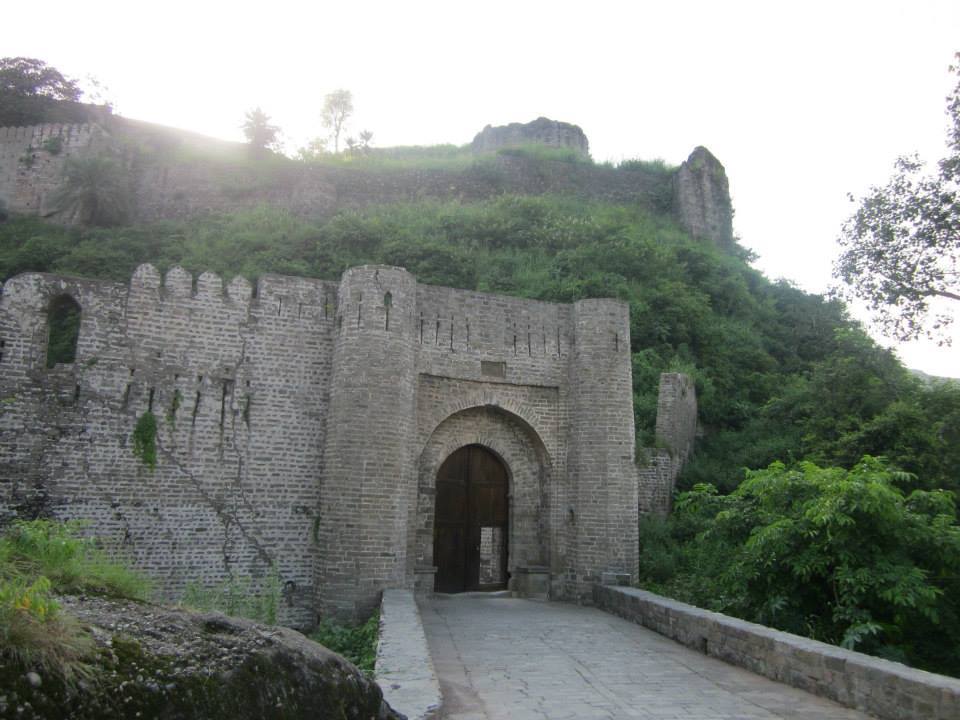
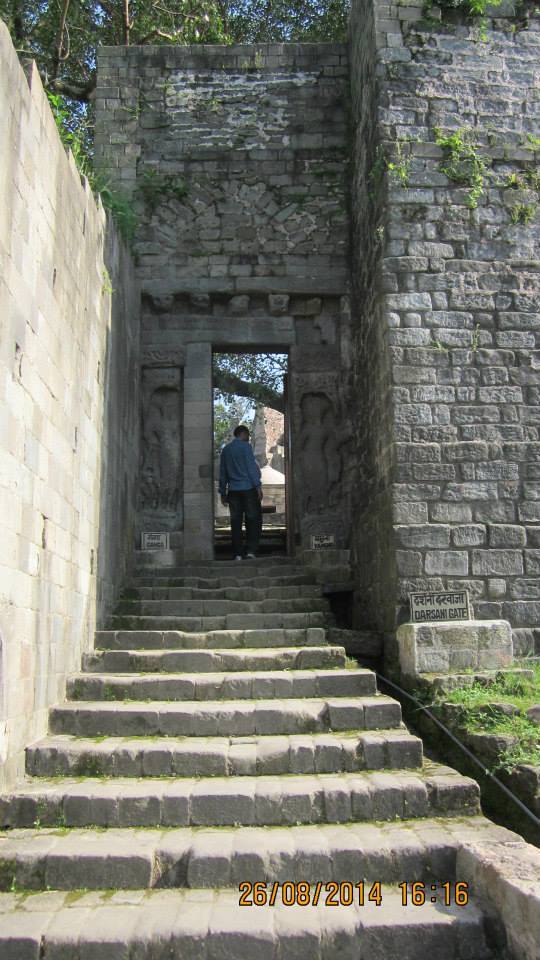

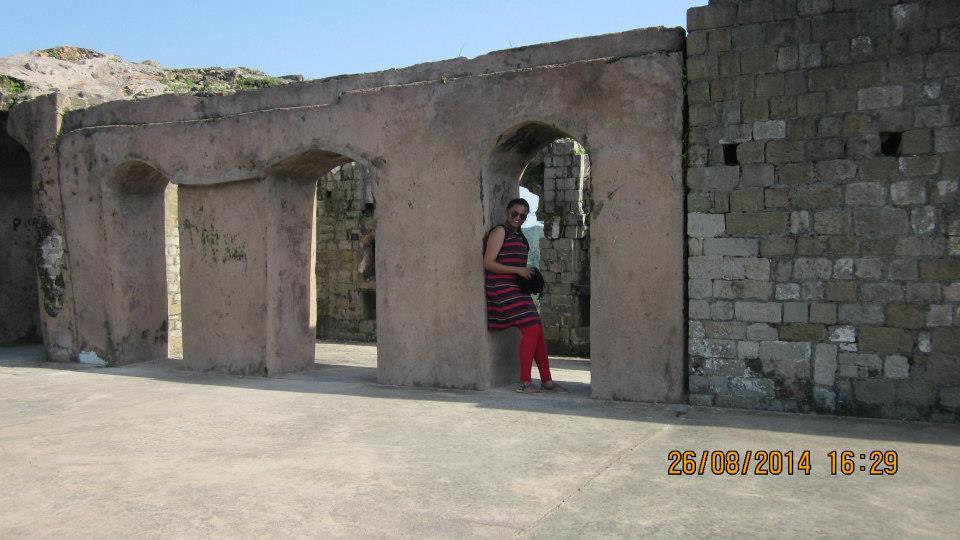
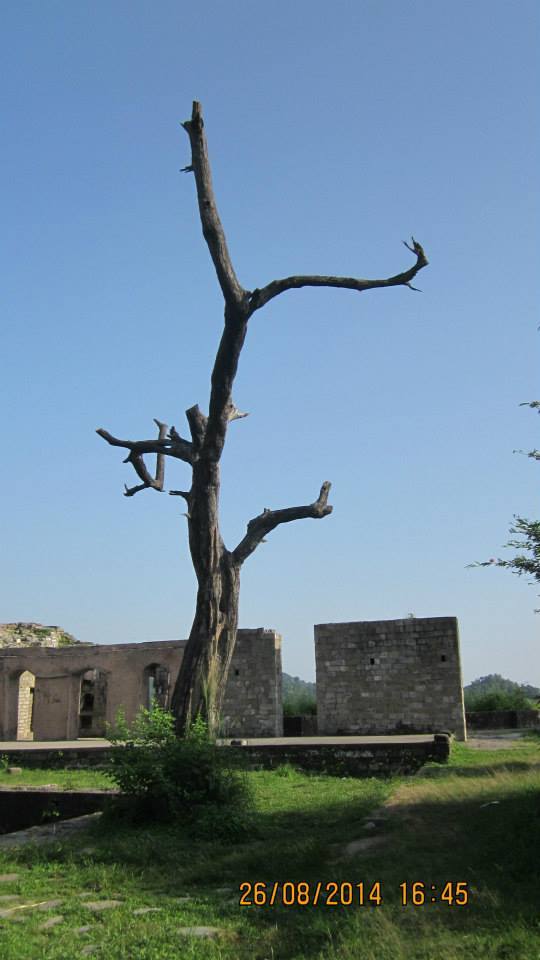
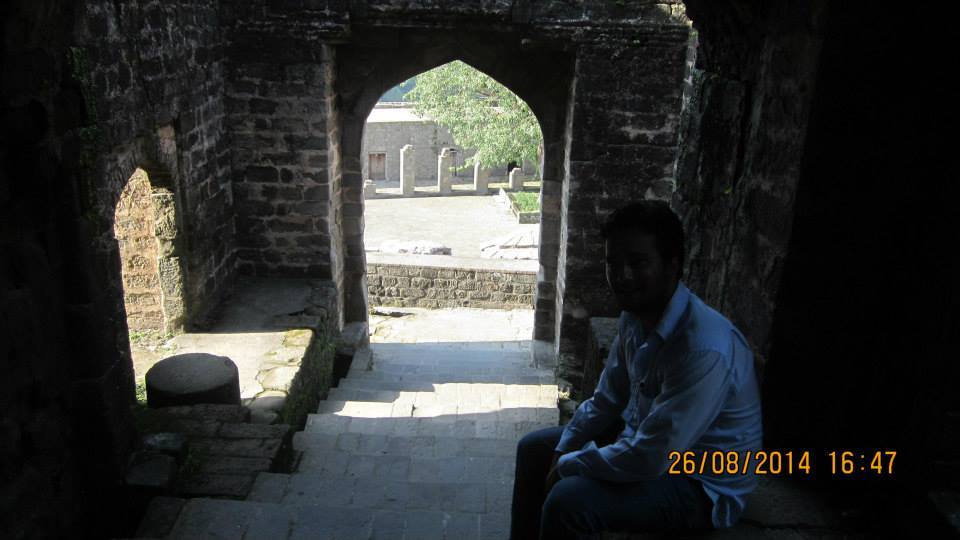
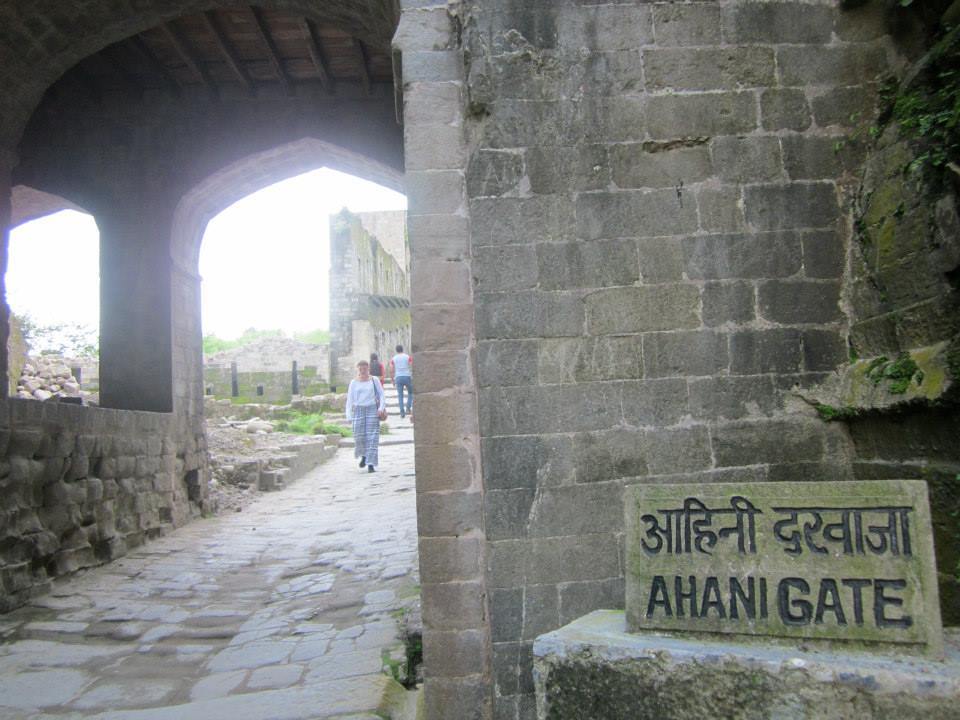
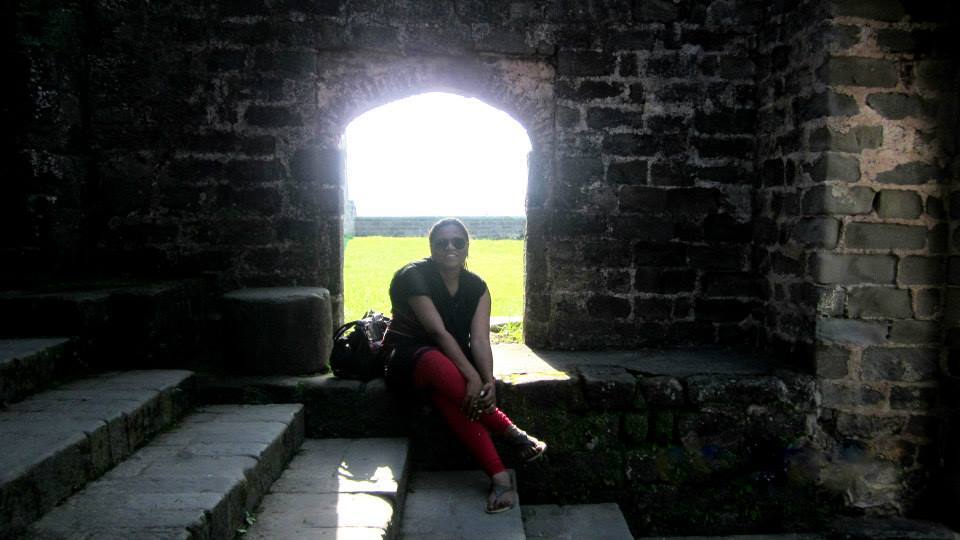
karngra- Himachal Pradesh
Kangra fort is one of those forts which remaind mostly unconcored for long time in the history. It is famous for it strenght, stability, strong fortification and impregnability. Admist of all the greenery and having Dhauladhar at its back it is a place tio visit during any season of the year.
"The Fort is located 20 kilometers from the town of Dharamsala on the outskirts of the town of Kangra, India. The Kangra Fort was built by the Royal family of Kangra (The Katoch Dynasty). It is the largest fort in the Himalayas and one of the oldest dated fort in India. Also near to old Kangra is the famous Jayanti Mata temple on a hill top. Also close to entrance is a small museum which exhibits the history of Kangra fort. Adjoining the Fort is the Maharaja Sansar Chand Katoch Museum run by the Royal Family of Kangra. The Museum also provides audio guides for the fort and the museum and has a cafeteria.The fort of Kangra was taken by the Mahmud of Ghazni in AD In 1337, it was captured by Muhammad bin Tughluq and again in 1351 by his successor, Firuz Shah Tughluq. But it was not completely subdued until 1622, when after a siege of fourteen months, it was conquered by the Mughal Emperor Jahangir who garrisoned it with his troops and appointed a Governor to keep the turbulent hill chiefs in check.In the second half of 18th Century, following the decline of Mughal power, Raja Sansar Chand-II succeeded in recovering the ancient fort of his ancestors, in 1789. But by carrying his ambitions too far he came in conflict with the neighboring hill chiefs, the Gurkhas.In 1804, crossing the Gadwall finally in 1805 the Gorkha army conquered Kangda valley across the Sutlej River after continuous fighting for three years. Till 1809 Gorkha Army conquered Kangra Fort. Subsequently in 1809 the Gorkha army was defeated and they had to retreat across Sutlej River. Concurrently as British East India Company was also in their expansion spree of colonization advanced up to Nepal’s the then border. Finally, with Maharaja of Punjab, Ranjit Singh was the conqueror of Kangra Fort in 1809. It remained in the hands of the Sikhs till 1846 when it was made over to the British Government, along with the surrounding hills.A British garrison occupied the fort until it was heavily damaged in an earthquake in 1905". Still the fort stands tall telling its own history....

